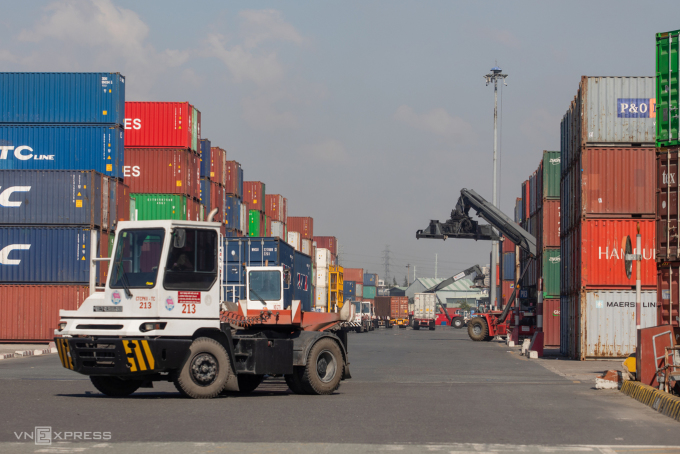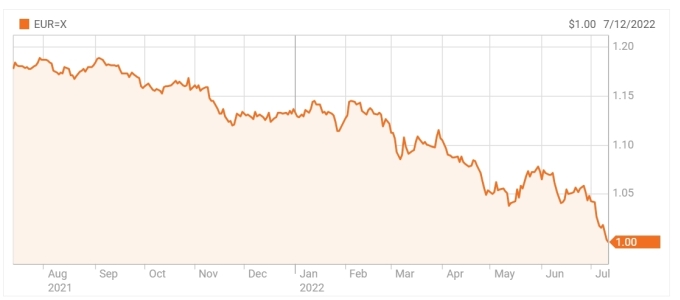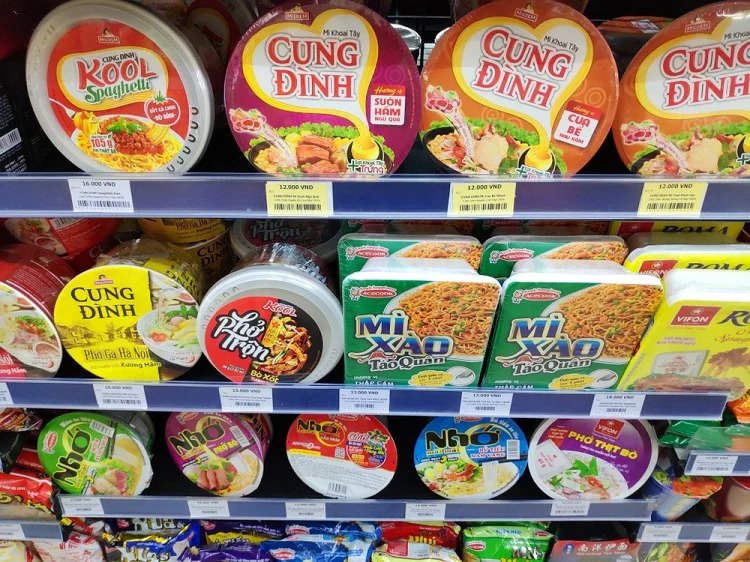November continued to have a trade surplus of 100 million USD, helping Vietnam’s trade balance to turn around and trade surplus again after 11 months.
According to the report on industrial production and trade of the Ministry of Industry and Trade, November was the second consecutive month that the trade balance did not have a deficit, recording a trade surplus of 100 million USD.
Thus, in the first 11 months, Vietnam had a trade surplus of 225 million USD, ending the trade deficit for nearly half a year due to the effects of the Covid-19 epidemics, the disruption of the global supply chain.
The trade balance was positive again after 11 months because the export turnover in November continued to increase, nearly 4% at approximately USD 30 billion and up 18.5% over the same period last year. Accumulated 11 months of export is estimated at nearly $299.7 billion, up 17.5% over the same period in 2020.
“Export is having advantages when we are effectively exploiting FTA agreements and the market demand is increasing at the end of the year shopping occasion,” the Ministry of Industry and Trade assessed.

Cat Lai Port, Ho Chi Minh City. Photo: Quynh Tran
The processing and manufacturing industry still contributed to export growth, accounting for 86%, reaching nearly 258 billion USD. According to the Ministry of Industry and Trade, the reopening of businesses in the South after more than 3 months of shutting down to prevent the Covid-19 epidemic has helped the processing industry group to recover.
In which, textile and garment exports reached nearly 29 billion USD, up more than 7%; footwear of all kinds more than 15.5 billion USD. Iron and steel export for the first time exceeded the turnover of 10 billion USD, reaching 10.8 billion USD, up nearly 130% over the same period in 2020.
In the group of agricultural and forestry products, in 11 months, the export turnover was nearly 25.2 billion USD, up 11.4% over the same period in 2020. And the export of fuel and minerals also increased by nearly 29% after 11 months, reached $3.4 billion.
On the import side, the Ministry of Industry and Trade said that November was estimated at 29.8 billion USD, up 14% compared to October. The domestic business sector imported 10.2 billion USD; while the FDI sector imported up to 19.6 billion USD, up nearly 15%. In 11 months, Vietnam imported more than 299.4 billion USD, up 27.5% over the same period.
The US is still the country that imports the most goods from Vietnam in 11 months, nearly 85 billion USD, accounting for 28.3% of the total export turnover of the country. Next is China with nearly 50.5 billion USD, up nearly 17% over the same period in 2020.
Thanks to making good use of the advantages of free trade agreements (FTAs), Vietnam’s exports to the EU increased by 12% over the same period, reaching nearly 36 billion USD. The markets of ASEAN, Korea and Japan respectively reached nearly 26 billion USD; $20 billion and $18 billion in 11 months.
China is Vietnam’s largest import market with a turnover of more than US$98.5 billion, up 32% and accounting for nearly 33% of the country’s import turnover.
South Korea ranked second with over 50.3 billion USD, up 20.3%. Vietnam imported nearly 37 billion USD from ASEAN in 11 months, up 36%; Japan nearly 20.3 billion USD, up 10%…
In order to promote exports in the last month of the year, the Ministry of Industry and Trade determines to consolidate and expand export markets, taking full advantage of the FTAs that have taken effect; guide businesses to focus on small and niche markets. This agency also worked with the Chinese Embassy to propose facilitating customs clearance and export of goods through the northern border gate. Trade promotion programs, connecting supply and demand on online and digital platforms… will be promoted.













